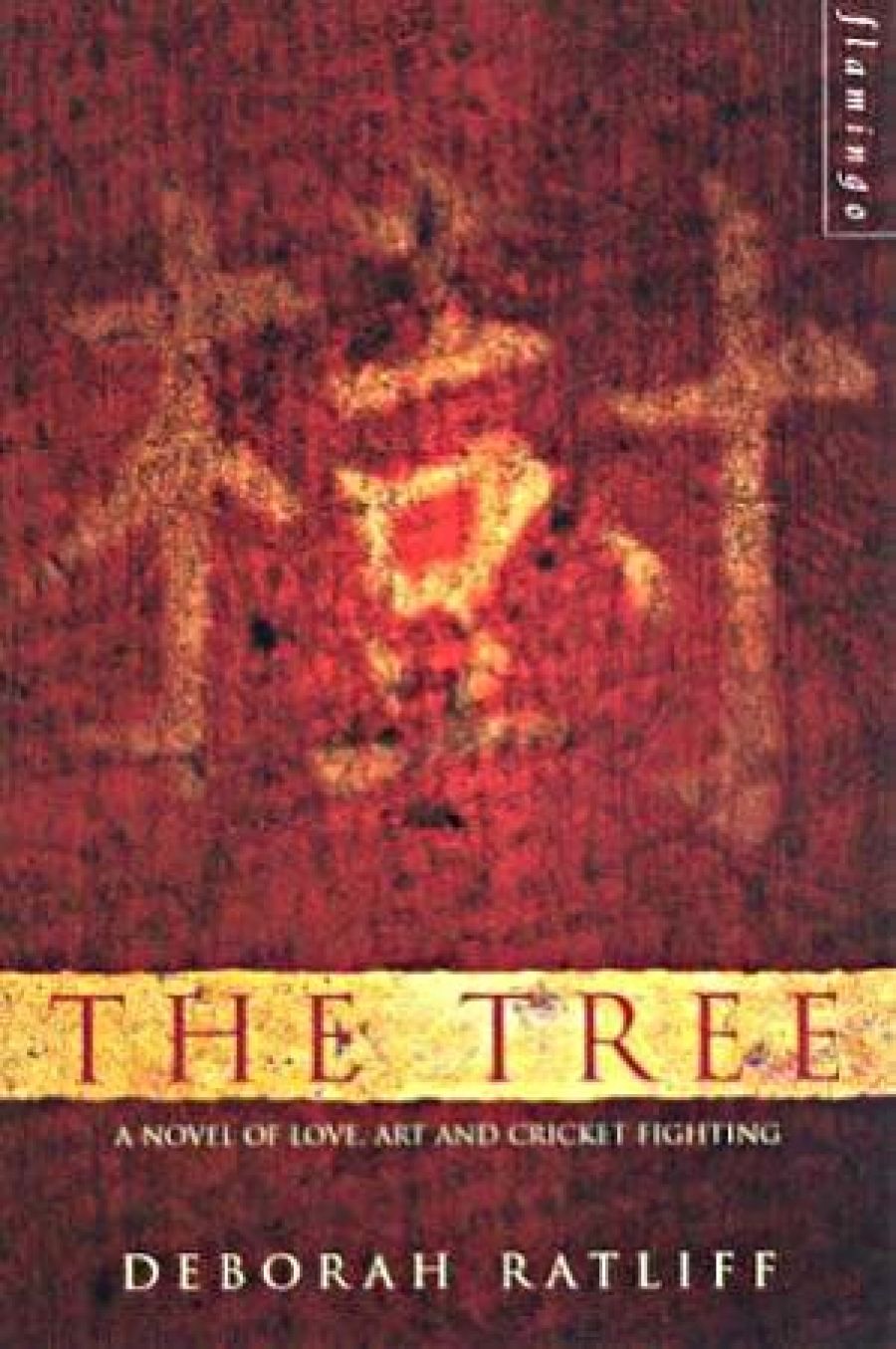
- Free Article: No
- Contents Category: Fiction
- Review Article: Yes
- Article Title: Tales of the Shut-In
- Online Only: No
- Custom Highlight Text:
American English, with its vigorous ability to get to the core of things, has an implacably visual word for the kind of person this novel is about – the ‘shut-in’. A shut-in is a recluse, perhaps a cinéaste or stay-at-home opera queen. He (I use my pronouns advisedly – the shut-in is usually a ‘he’) has a rich, century-long genealogy in books and on-screen, from Huysmans’s Des Esseintes and Wilde’s Dorian Gray to Sunset Boulevard’s Nora Desmond and Chatwin’s Utz. Alfred Hitchcock specialised in shut-ins; in Australian cinema, Norman Kaye played a lonely voyeur in Man of Flowers. The shut-in has also given birth to a critical tradition of his own. Some critics like Walter Benjamin have suggested that the habit of collecting may be a response to the twentieth century itself, a kind of specialised aesthetic reflex against consumer culture. Because he is associated with brittleness and the arts, the shut-in is frequently depicted as gay or as a sexual neurasthenic: in his wonderful book The Queen’s Throat, Wayne Koestenbaum has made a bravura anatomisation of the coded campness of the shut-in opera fan.
- Book 1 Title: The Tree
- Book 1 Biblio: Flamingo, 246 pp, $19.95 pb
In other words, this is a tradition full of juice; albeit one with hidden risks. There is, for example, an onus on the writer to be au fait with the shut-in’s highly developed aesthetic world. There is the added danger, in such a familiar scenario, of cliché. But, as with the detective thriller or cinema noir, the potential for a new work to derive strength and resonance from a pungent lineage of associations is also very high.
When Ratliff’s publishers first saw the outline of her novel, they must have been excited by its potential to tap into this tradition. The hero, Colin Chandler, a cranky loner who lives with his Pekingese, Tu Fu, in a block of flats in Melbourne, is a collector of Chinese art. The object that catches his eye in the novel’s opening pages is fabulous: a small ivory gourd once used as a cage by the keeper of the Emperor’s fighting crickets. As soon as it is purchased, as if released like crickets from the jar, a series of disembodied Chinese voices from the past enters the narrative – italicised, they seem to address Colin, but he does not hear them – to tell exotic tales of teaching crickets to sing and fight, of Festivals of Tombs, eunuchs and Hairy Thieves. In addition, Colin is the Chairman of Significant Trees for the National Trust: another passion with rich possibilities, as Eucalyptus demonstrated.
This should work. There is terrific potential in the material, and the voices of the dead are a wonderful idea, but Ratliff doesn’t quite manage to come to grips with her subject. We do not get a sense of the complex meanings Colin has built up around the objects he collects, or any understanding of the sustaining passion of collecting in his lonely life. Instead of plumbing its depths, Ratliff approaches Colin’s Sinophilia from the outside. The things he surrounds himself with are condemned to represent only their own Chineseness, their picturesque exoticism: the assistant at the art gallery with her long ponytail for whom he yearns, the young gay Chinese man who walks his Chinese dog, martial arts films and Honey Lotus trees.
There is, in fact, a reason for Colin’s obsession with things Chinese but by making it the central ‘mystery’ of the novel – a story of genetic destiny and Freudian determinism – Ratliff has stymied the possibility of exploring Colin’s drive to collect on a conscious level. This psychological determinism has the unfortunate effect of reproducing a rather dated, Hitchockian sexual politics of latency: while Colin is not homosexual himself, he seems to have a mother-hatred worthy of Norman Bates, and to be surrounded by a universe of predatory gay men and lurking paedophiles. It also creates a fundamental narrative problem: the answer to the central mystery is obvious from about page five. The reader wonders why Colin hasn’t had the nous to work it out.
This said, it was once an editor’s responsibility to guide an author – especially a new author – through such difficulties. Sadly, The Tree reads not only as if it has not received much in the way of structural attention, but often as if it has not even had the benefit of a line edit. The damning list of editorial oversights (apart from the two commonest errors in the editorial handbook: ‘it’s’ for ‘its’, ‘your’ for ‘you’re’) includes – and this is just a sample of the words I found myself writing down – al fresca for alfresco, ‘disinterested’ for ‘uninterested’, ‘red peril’ for ‘yellow peril’, ‘Porche’ for ‘Porsche’, ‘dualists’ for ‘duellists’, ‘knicked’ for ‘nicked’, ‘wouldn’t of’ for ‘wouldn’t have’. Perhaps Ratliff’s novel did receive structural attention, but this list made me wonder whether this was another example that fitted the cautionary tale told lately by Hilary McPhee of new authors taken on by publishing companies who, rather than editing them, just print their books on paper.
There are moments when Ratliff’s writing jumps with talent and energy: ‘I’ll tell you about a foreign city so ugly and frightening its inhabitants could not fully abandon themselves to sleep ... imagine the din of this city. Continuous discord punctuated by explosions from firecracker shops demonstrating their wares ... It is said that a eunuch can be recognised at a great distance because of his strange walk. A short mincing tread where the torso leans forward on legs reluctant to separate.’ But The Tree doesn’t get to the crux of this collector’s passion, or his heart.


Comments powered by CComment